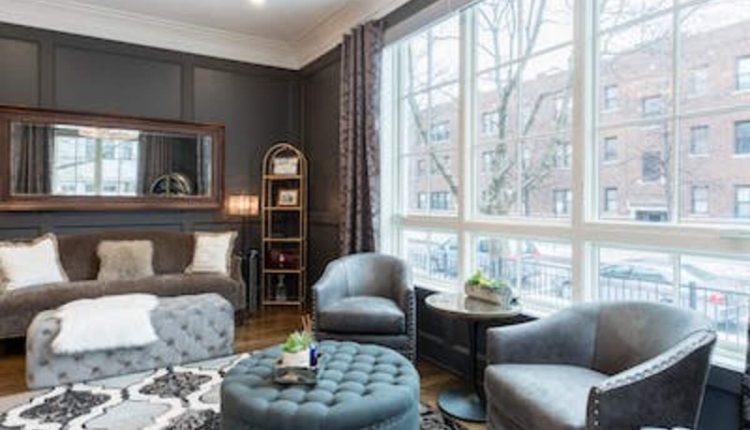Whether you’re moving into a studio apartment, cramped with kids in a tiny house, or just trying to make the most of your cozy home, decorating a small space can be challenging. But it’s also an opportunity to get creative and design a space that reflects your style while being functional and welcoming. The actual Interesting Info about Sustainable Interior Design.
Proportion plays a significant role in small spaces, so choosing furniture and decor scaled to the room size helps create a balanced and spacious look. Oversized pieces can quickly overwhelm a small room, so opt for slender, sleek options. Look for various textures and colors to add visual interest without feeling overcrowded.
It’s essential to use mirrors in small rooms as they reflect light and help to open the space up. They also provide a great way to add drama and interest to the room. Try placing one or more mirrors on a wall to make the room feel larger and add depth instantly.
Light is another essential element in a small space, so incorporate plenty of natural light. If your budget allows, installing skylights is an excellent way to boost the natural light in a room. Incorporate a variety of lighting throughout the room, including lamps and recessed ceiling lights, to create a well-lit and inviting space.
When you have a tight space to work with, it’s easy to want to fill up all of the available rooms with furniture. But that can end up looking cluttered and overcrowded. Instead of a large sectional, consider floating two more petite sofas across from each other with a two-tier coffee table in between, like designer David Mann has done here.
In a small space, it’s also important to incorporate storage solutions that are as visually appealing as they are practical. Opt for shelving and cabinets that reach the ceiling, as they will create the illusion of more height and make the room feel larger.
Don’t let vertical space go to waste by hanging a striking piece of art or using tall shelving in your living room. Adding eye-catching features to the wall will draw the eye upward and open the space.
When designing a small space, it’s important to zone the room so each area has a clear purpose and use. Zones can include a sleeping, relaxing, working, or dining area. You’ll be more efficient using your confined home by zoning your room.
Learn how tiny homes can impact your mental health and how you can optimize your crowded living areas for comfort and functionality. We’ll also discuss why people live in micro-sized apartments, how to make the most of a tiny living space, and more. Ultimately, creating a home that makes you happy and feel good is the most important thing.
Read Also: Top 10 Home Appliance Companies In Spain


